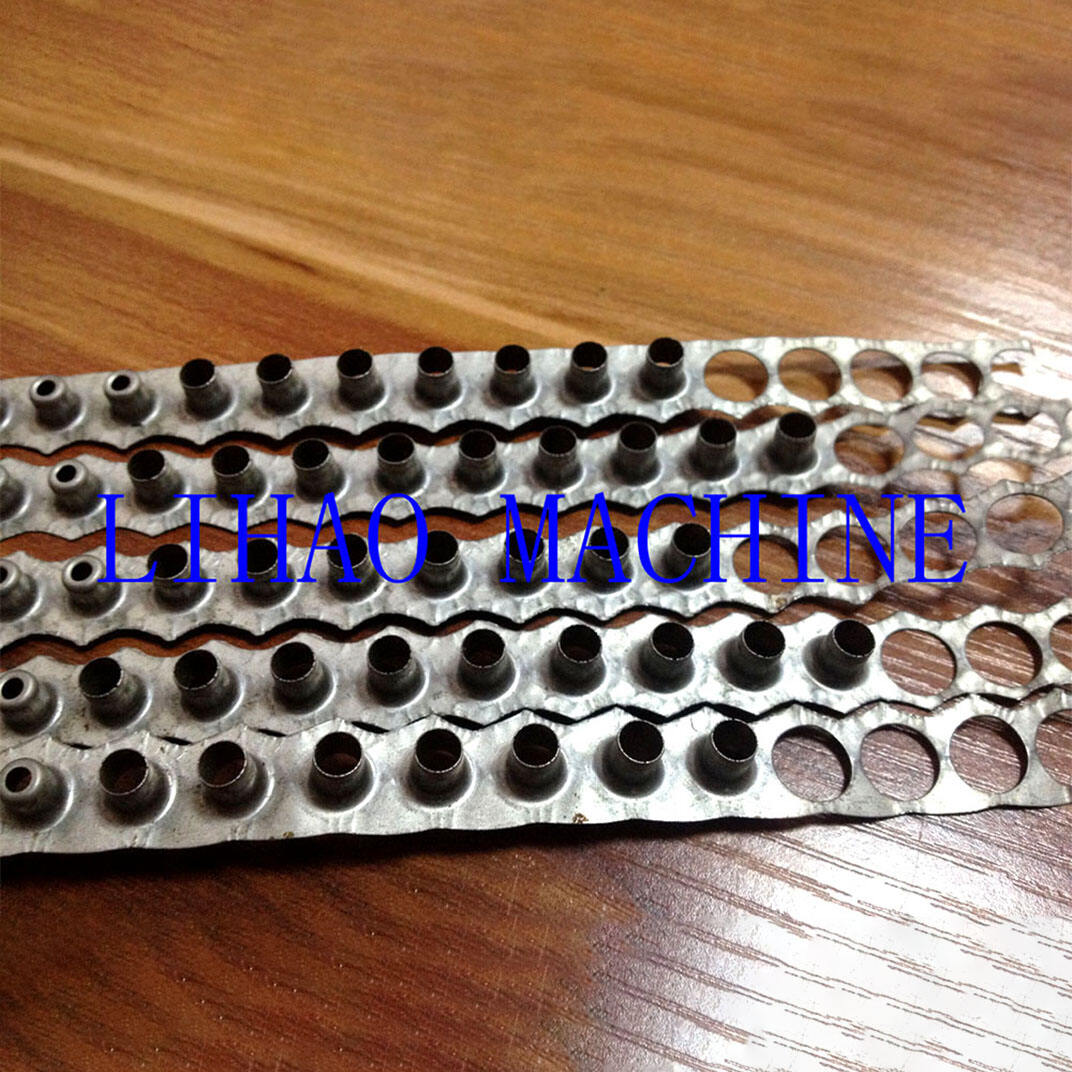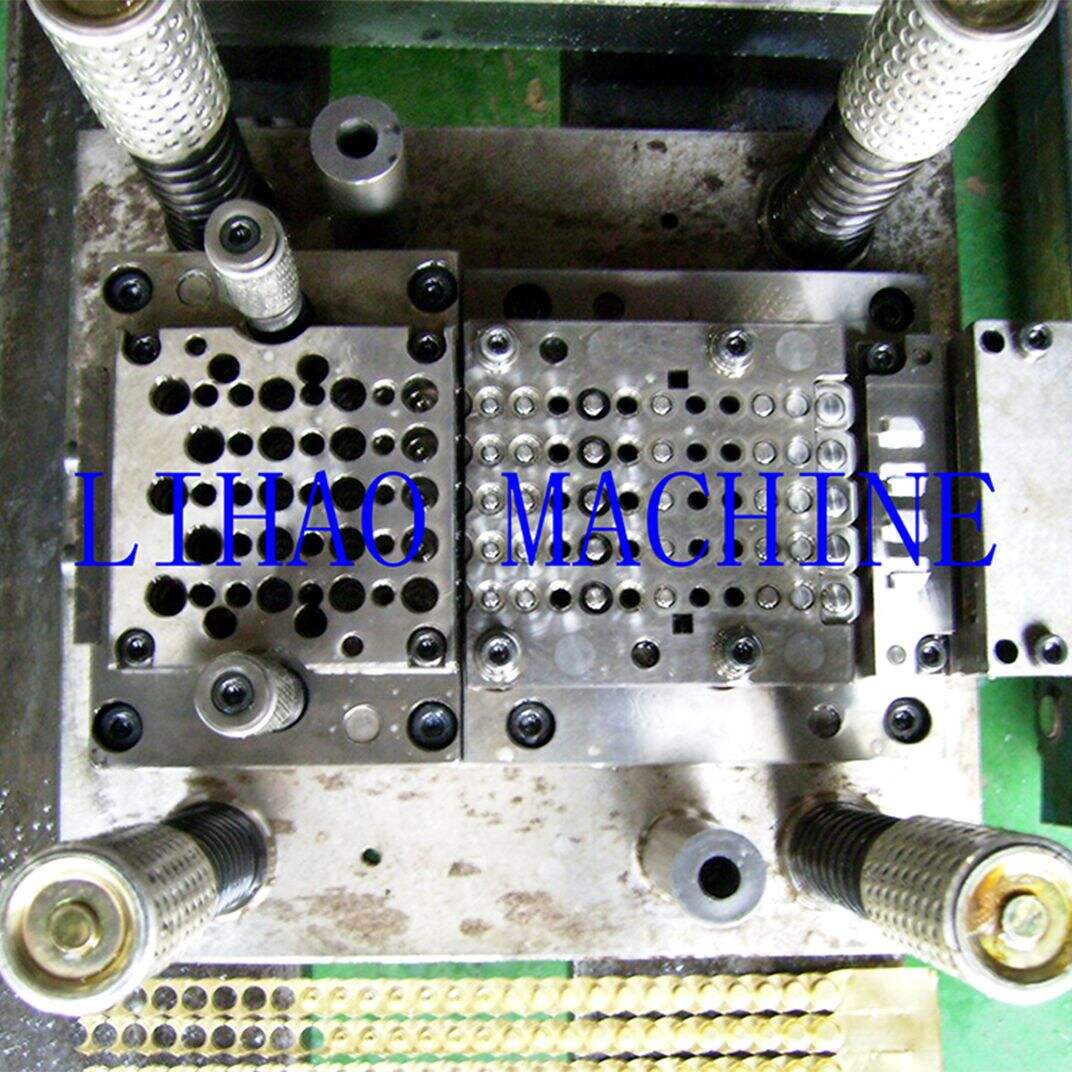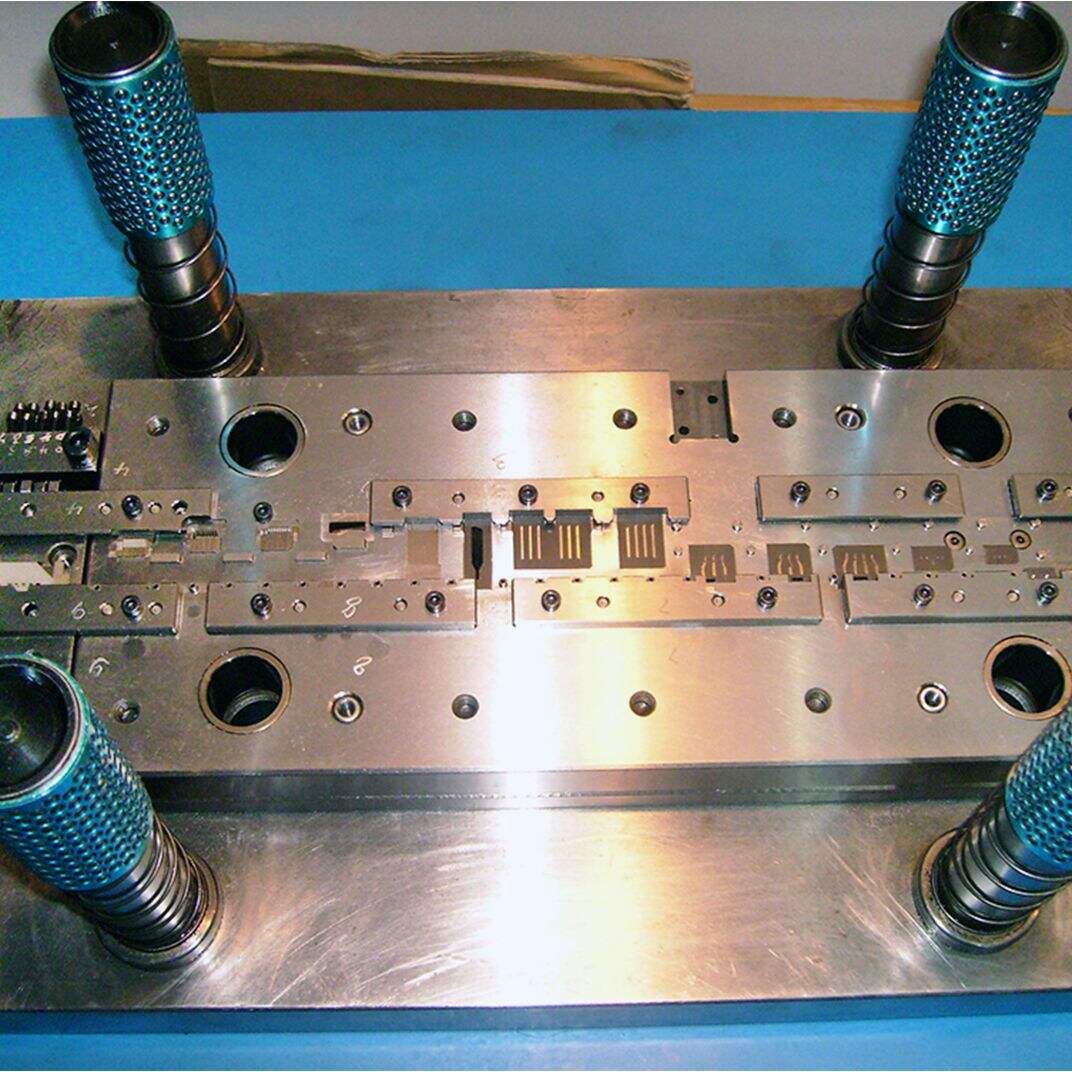An overview of progressive stamping
Stamping is a special way to make lots of parts really fast. So take this. Suppose you need to make a bunch of small pieces of metal that are all the same size. Instead of cutting every piece one by one, progressive stamping cuts all of them at once! It’s also a bit like using a big cookie cutter to stamp out a lot of cookies all at once. Pretty cool, right?
One of the perks of progressive stamping is that it enables companies to produce things in faster, more efficient ways. Because the machine can generate many parts at the same time, that process is much more time-efficient than producing each part one at a time. Companies are able to produce more products, in less time, and that can be really important in meeting the demand of all the stuff we rely on every day.

There are a ton of bitchin good reasons to use progressive stamping in manufacturing. For one, it saves money because it’s faster and makes less use of the material. It also helps ensure every part is the same, every single time, so that you can have confidence in the quality of the products you use. And because progressive stamping can crank out a lot of parts all at once, it’s great for producing big batches of things all at one time.

You need to be really precise when you make parts for things like cars and appliances. Progressive stamping also helps ensure that each piece gets cut exactly right every time, so that everything fits together just right in the final product. That, in turn, makes everything work more smoothly and efficiently, the key to ensuring that things run the way they should.

As with any technology, progressive stamping can be a bit of a hassle. Occasionally the machine can get jammed, or the parts don’t come out quite like they should. But with a bit of planning and maintenance, these issues can be managed. Companies such as Lihao strive to ensure that their progressive stamping processes go off without a hitch, producing finished results that are nothing short of top-rate for their customers.